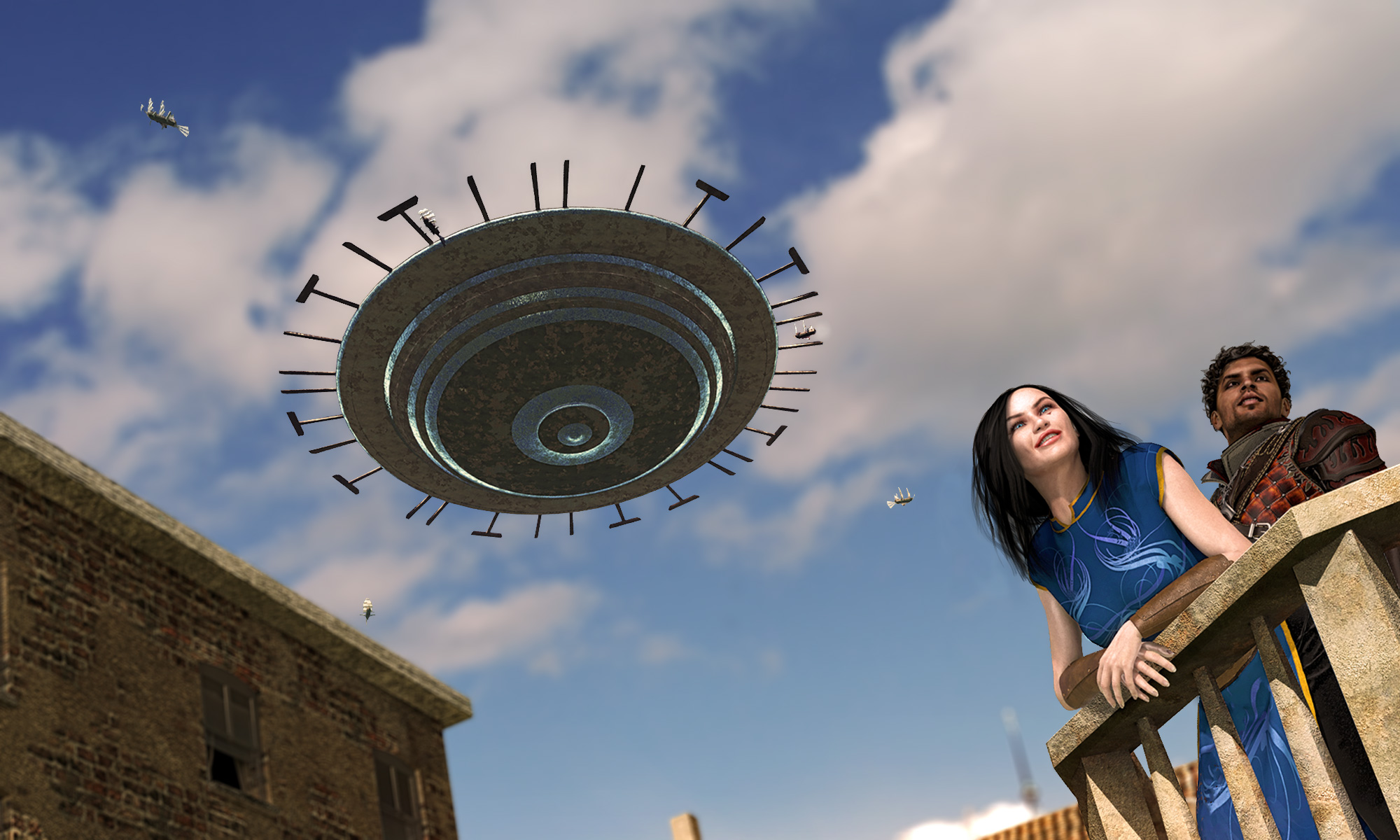I am going to get to the big step forward later but I am going to tell you a story first.
My step son is an artist. He qualified with a degree in Fine Art last year and to the best of my knowledge he is the only one of his contemporaries that is actually keeping body and soul together working in art. He works most of the week as a freelance artist’s technician and the rest working on his own art in a rented studio space. As you expect as a artist, living in London, he has no money.
At the hospital I was in in Aberdeen a local philanthropist had built a 1000 space multi-storey car park for the hospital. The hospital has 1000 beds so he had one parking space for visiting every patient. The parking is also free. His inspiration for the car park was when he wanted to visit a friend in hospital and could find nowhere to park.
When we were talking about this my step son commented that this was the flaw in philanthropy, it is all on the whim on the philanthropist and what else could that money have been spent on.
I counter argued that this was the strength of philanthropy. If more than one person had been involved in the decision process they probably would have argued that improving the public transport links would have alleviated the pressure on local parking and been more environmentally friendly.
Aberdeen Royal Infirmary is actually the main hospital for a massive swathe of rural Scotland and while the arguement for public transport is true, no public transport system can reach every tiny hamlet or cluster of houses and with the frequency to make visits to see patients viable.
I can see the point that if you don’t own a car, that better or free public transport would be attractive. I think that as soon as you get to the committee stage probably nothing would have ever happened at all for years.
The point of this story is that I have noticed that I am applying the same principle to Navigator RPG. By keeping it all to myself I can forge ahead without the possible delays in discussion. This is really selfish but when I do ask for help it is when I really don’t know what is the best solution.
The title of this post was Stepping Forward. So the big step forward last night was that I have working rules for stats, species (race), talents, cultures, skill costs and I have one fully working profession. It is now possible to go end to end and create a viable player character.
This weekend I will work on filling in more of the blanks, creating more cultures and completing more of the professions. Neither task is particularly exciting so I will mix that in with writing more of the core rules.
What I am building here is the RPG equivalent of one of these…

Everyone’s vision of a lego house, city or star port will be different but with one of these the only limit is imagination, and we are good at that.






